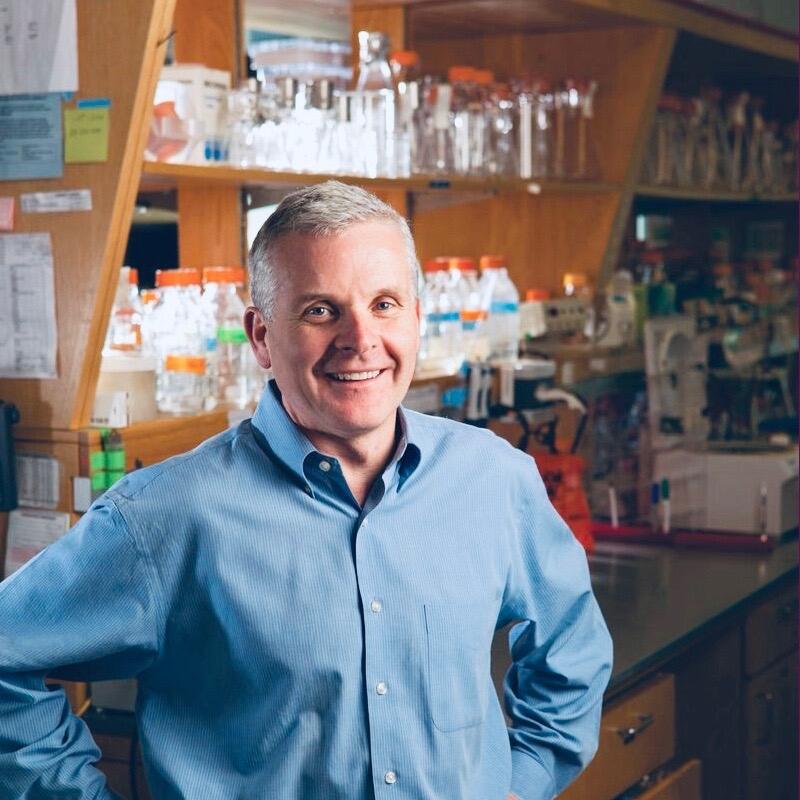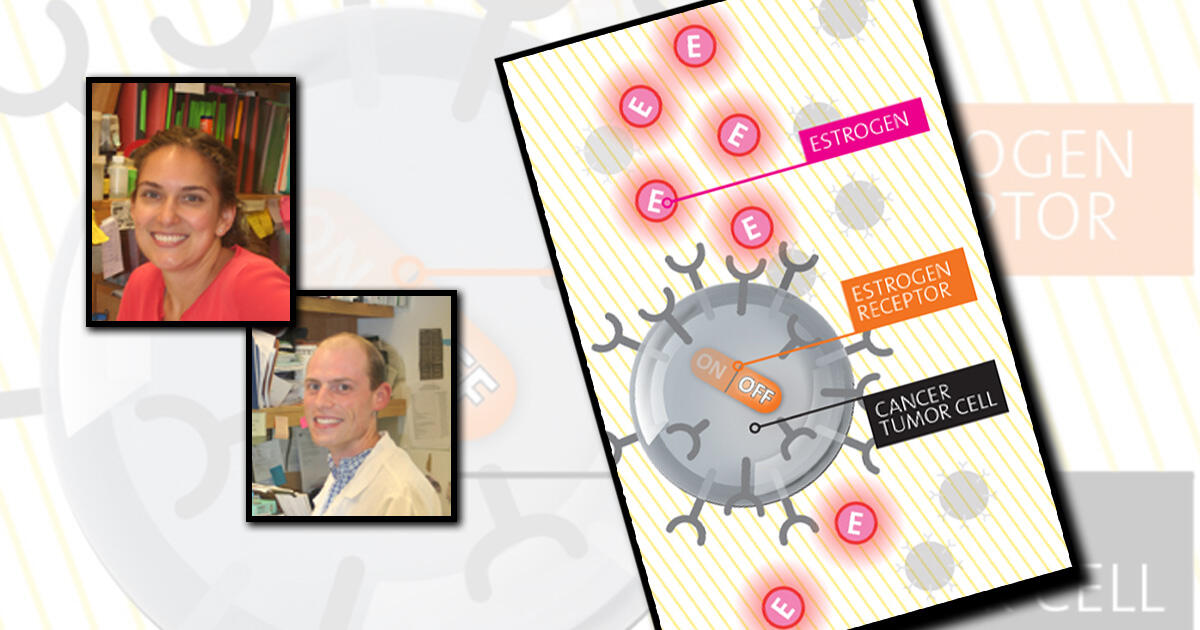Update: On January 27, 2023, the FDA approved the targeted therapeutic Elacestrant to treat certain postmenopausal women or adult men with advanced or metastatic ER-positive, HER2-negative, ESR1-mutated breast cancer after one or more lines of endocrine therapy. LEARN MORE
(This article was originally published on Nov. 4, 2022)
More than 1.5 million women in the U.S. are currently on endocrine therapies (hormone therapies) for breast cancer — either as monotherapies or in combination with other drugs.
These drugs and drug combinations have been found to work well, in some cases for many years until they don’t. Recently it has been demonstrated that mutations can develop in genes within breast cancer cells that render even the best endocrine therapies ineffective. While more and more women are living with stage 4 breast cancer (upward of 150,000), 42,000 die of metastatic breast cancer each year. Metastasis, cancer that has spread to distant organs, is the major cause of breast cancer death.
The majority of breast tumors (~75%) have receptors for estrogens within cancer cells and such cancers are classified as ER+. When estrogens bind to these receptors, they can drive processes responsible for tumor growth and metastasis.
One type of anti-estrogen hormone therapy (endocrine therapy) — a selective estrogen receptor modulator (SERM) — works by binding to the estrogen receptors present in cancer cells and in the body’s immune cells. This stops the estrogens from binding and driving cancer cell growth. Another type of endocrine therapy, aromatase inhibitors, suppresses estrogen synthesis.
SERMs (such as tamoxifen), aromatase inhibitors (such as anastrozole, letrozole, or exemestane), and cyclin-dependent kinase 4/6 inhibitors (therapies that target the CDK4 and CDK6 enzymes important to cell division, such as abemaciclib, ribociclib, and palbociclib) — taken alone or in combinations thereof — are currently used as first- and second-line treatments for ER+ breast cancer. (CDK 4/6 inhibitors are targeted therapies, not endocrine therapies)
Unfortunately, the majority of patients with metastatic ER+ breast cancer will eventually develop resistance to these drugs.
When this happens, oncologists may try a different type of endocrine therapy, a selective estrogen receptor downregulator (SERD), which, like a SERM works by targeting the estrogen receptor in cancer cells and the body’s immune cells, but instead of blocking estrogen by binding to the estrogen receptor like a SERM, it blocks estrogen by degrading the estrogen receptor.
The only drug of this class (SERD) approved for clinical use in ER+ breast cancer is fulvestrant (first FDA-approved in 2002), which has been shown to have only modest efficacy. Additionally, as an injectable drug, the administration of fulvestrant can be very uncomfortable for patients.






